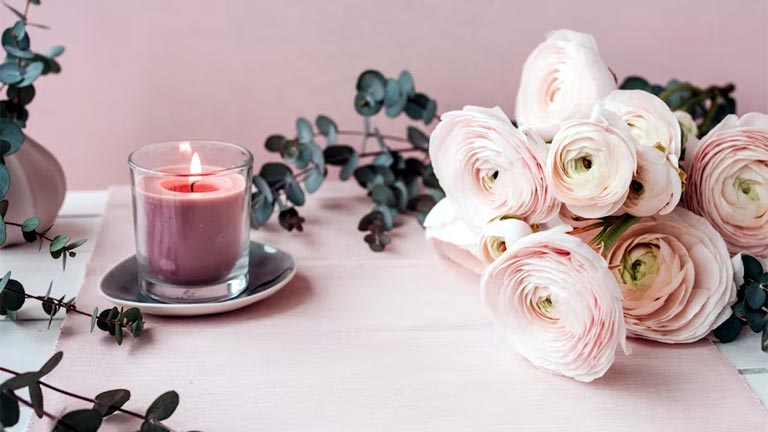 Lighting is an essential factor to consider when designing a room. Many times, people will buy new, beautiful furniture, repaint the walls, buy new rugs or even replace the flooring, and not consider the significant effect lighting has on the overall aesthetic of the room. If the lighting concept is not figured into the design plan, all the time and money spent on the “new room” could be for nothing.
Lighting is an essential factor to consider when designing a room. Many times, people will buy new, beautiful furniture, repaint the walls, buy new rugs or even replace the flooring, and not consider the significant effect lighting has on the overall aesthetic of the room. If the lighting concept is not figured into the design plan, all the time and money spent on the “new room” could be for nothing.
General lighting in a room is what we refer to as “ambient lighting.” This is the primary means of lighting and creating a mood in a room. It is the natural light that space gets from the sun during the day and the artificial light that mimics natural night in the evening hours. We use ambient lighting in an interior design plan to create depth in a room, add warmth, and set the mood. Once the ambient light is in place, task lighting and accent lighting are used to build on this base.
What Fixtures Create Ambient Light?
There are many means of creating perfect ambient lighting in a room design. Starting with recessed lighting, then building on that with fixtures such as chandeliers, decorative ceiling fixtures, track lighting, wall sconces, and torchieres is the best way to maximize the effects of ambient light in a room. Here’s how to work each:
Recessed Lighting
The best way to start with your recessed lighting plan is, to begin with, the part of the room where you will want to focus the most general light and work out from that point. This could be a sofa or primary piece of furniture, a kitchen island or sink, or simply the center of the room. “Unlike a lot of conventional light fittings, recessed lighting is much significantly more eco-friendly. Nearly all are intended to utilize LED bulbs therefore that your room might be wholly ventilated with wattage.”
Once you’ve determined your starting point, work out from there, using a basic rule of thumb. This means spacing the lights evenly at a distance equal to half the height of the ceiling. Keeping the lights about three feet from the walls will avoid odd shadows that can throw off the feel of a room. These lights should always be wired on a dimmer switch so that they can be used to create the desired mood at various times of the day.
Chandeliers and Ceiling Lights
Chandeliers and ceiling fixtures hanging from above can enhance a room in various ways. A stunning piece in the foyer is like a “curb appeal” for your interior décor. It is the first thing your guests will see when they enter your home.
These lights can also be used to create a focal point in living rooms and bedrooms. Of course, we also use them as the standard lighting for the dining room table.
Task Lighting
Lighting fixtures like track lighting, table lamps, desk lamps, and floor lamps serve a specific purpose in the room. They are used to create light for reading, cooking, working on crafts, highlighting artwork, and bringing attention to featured design pieces. This is the second layer of lighting designers use to build on the ambient lighting in a room.
Accent Lighting
Decorative fixtures like wall sconces and torchieres add a third level of lighting texture to a room by helping to create the desired mood, sometimes highlighting certain features and other times drawing attention away. Indoor wall lights should be decided upon in the planning stages of room design so that they make sense with the layout of furniture and design elements in the finished room.
Luxury lighting décor is an essential part of any room design. It is one that many do-it-yourself designers overlook or underestimate when they are renovating a room. If you are considering an update in your home, make the indoor lighting a priority in your planning. We recommend that you create a blueprint for your design and mark the ambient recessed and overhead lighting, as well as task and accent lighting pieces. That way, you know exactly where the light will fall and how you will use it to create a beautiful, welcoming mood in your room.




